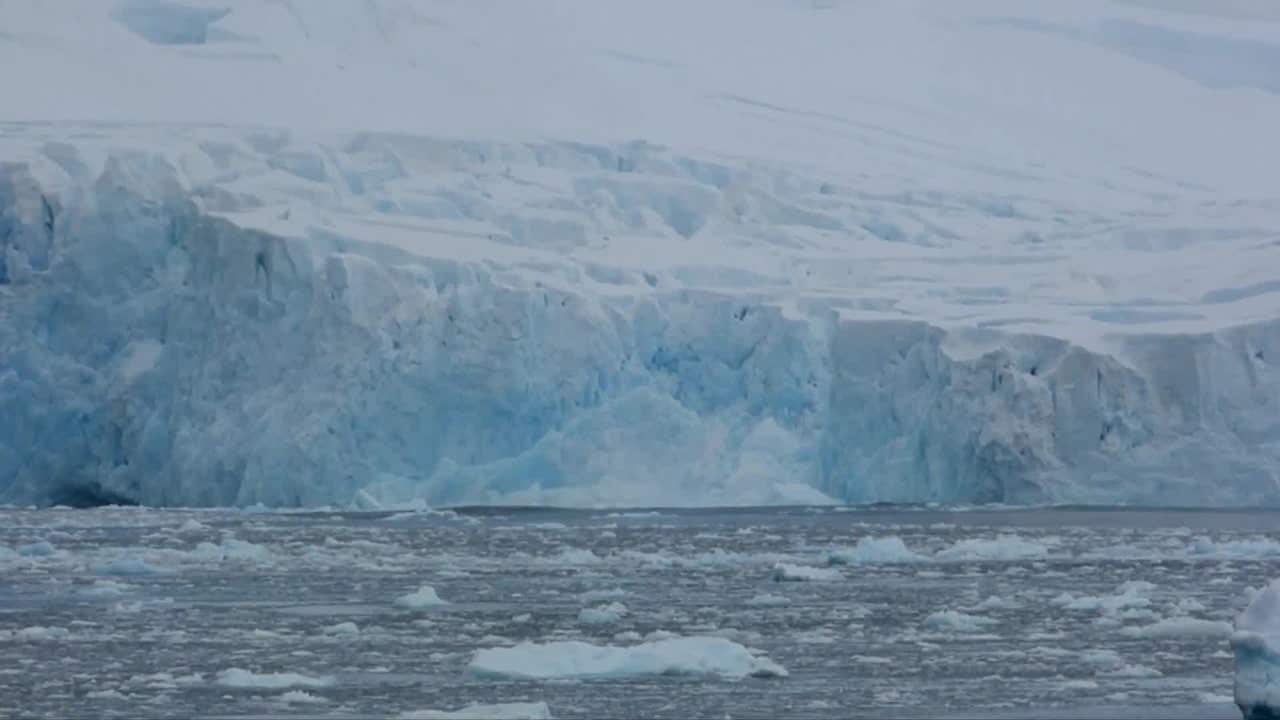

North Rift is the third major crack through the ice shelf to become active in the last decade,” BAS wrote in a report on their official site. “The first indication that a calving event was imminent came in November 2020 when a new chasm – called North Rift – headed towards another large chasm near the Stancomb-Wills Glacier Tongue 35 km away. Reports said that scientists had been expecting a bog calving for over a decade now, after having observed large cracks in the ice shelf. That iceberg, A68a, ended up grounding off the island’s coast. The 12-person staff of the research centre had left earlier this month after the beginning of the Antarctic winter. What happened to the iceberg that broke off Antarctica An iceberg about 100 miles long and 30 miles wide that had broken off from the Antarctic Peninsula in 2017 raised alarm in November when it appeared to be on a collision course with the British island territory of South Georgia. The iceberg broke off the Burnt Ice Shelf, near Britain's Helley research station, which was completely empty at the time.

British Antarctic Survey February 26, 2021 #HalleyVI Research Station is closed for the winter and unlikely to be affected. The part of the ice sheet that it calved from was floating, so the iceberg should not have any impact on sea-level rise.Brunt Ice Shelf calves along North Rift chasm - A 1270 km² #iceberg has broken off the #BruntIceShelf.
#ICEBERG BREAKS OFF FREE#
The breaking off of A-76, which is likely to split into two or three parts soon, is not related to climate change, according to Ted Scambos, a research glaciologist at the University of Colorado at Boulder.Ī glaciologist at the British Antarctic Survey also said that A-76’s tabular shape was characteristic of icebergs, and the horizontal lines on it were a symbol of the stresses that caused it to break free from the ice sheet. One of the largest calving events occurred in 1986 when 11,000 square kilometers of icebergs broke off, followed by smaller ones in 1998, 2000, and 2015. Mark Drinkwater of the European Space Agency said that the Ronne ice shelf was in a relatively “steady state” where it expanded after losing an iceberg like A-76. The Ronne Ice Shelf, located near the base of the Antarctic Peninsula, is one of several massive floating ice sheets that bind the continent’s landmass and extend out into the surrounding seas. A massive slab of ice, roughly the shape of Manhattan but more than 70 times larger, has sheared off from Antarctica and floated into the. Iceberg calving is a normal process in which large blocks of ice break away from the ice shelf at regular intervals. Largest iceberg in the world breaks off from Antarctica.

An iceberg that forms from another already-named iceberg is then given a sequential letter at the end of its name. A sequential number is then assigned to each newly identified iceberg.Ī-76 was spotted in the Bellingshausen/Weddell Sea quadrant and was the 76th iceberg tracked by the U.S. Antarctica is divided into quadrants, with the letters A, B, C, and D used to denote the different regions. Names of icebergs are based on science, rooted in where and when they are first observed. Iceberg calving is part of the natural cycle, with huge chunks of ice breaking off the ice shelf at regular intervals. A finger-shaped iceberg labeled A-76 that split from the frozen edge of Antarctica into the Weddell Sea was declared the world’s most enormous iceberg, the European Space Agency said on Wednesday, May 19. However, it fractured into smaller bergs over time. While A-76 was huge, it was only about one-third the size of the biggest iceberg in recorded history called B-15, which was calved off of Antarctica’s Ross Ice Shelf 21 years ago.ī-15 measured around 183 miles by 23 miles, with a surface area of 6,835 square miles-larger than the whole island of Jamaica. Its surface area at calving was an estimated 1,668 square miles, which is larger than the Spanish island of Majorca.īefore A-76 appeared, the largest iceberg title was previously held by a chunk of ice known as A-23A, with a size of about 1,305 square miles and also floating in the Weddell Sea. National Ice Center using imagery from Copernicus Sentinel-1, consisting of two polar-orbiting satellites.Ī-76 was about 106 miles long and 15 miles wide. A finger-shaped iceberg labeled A-76 that split from the frozen edge of Antarctica into the Weddell Sea was declared the world’s most enormous iceberg, the European Space Agency said on Wednesday, May 19.Ī-76 was first detected by the British Antarctic Survey and confirmed by the Maryland-based U.S.


 0 kommentar(er)
0 kommentar(er)
